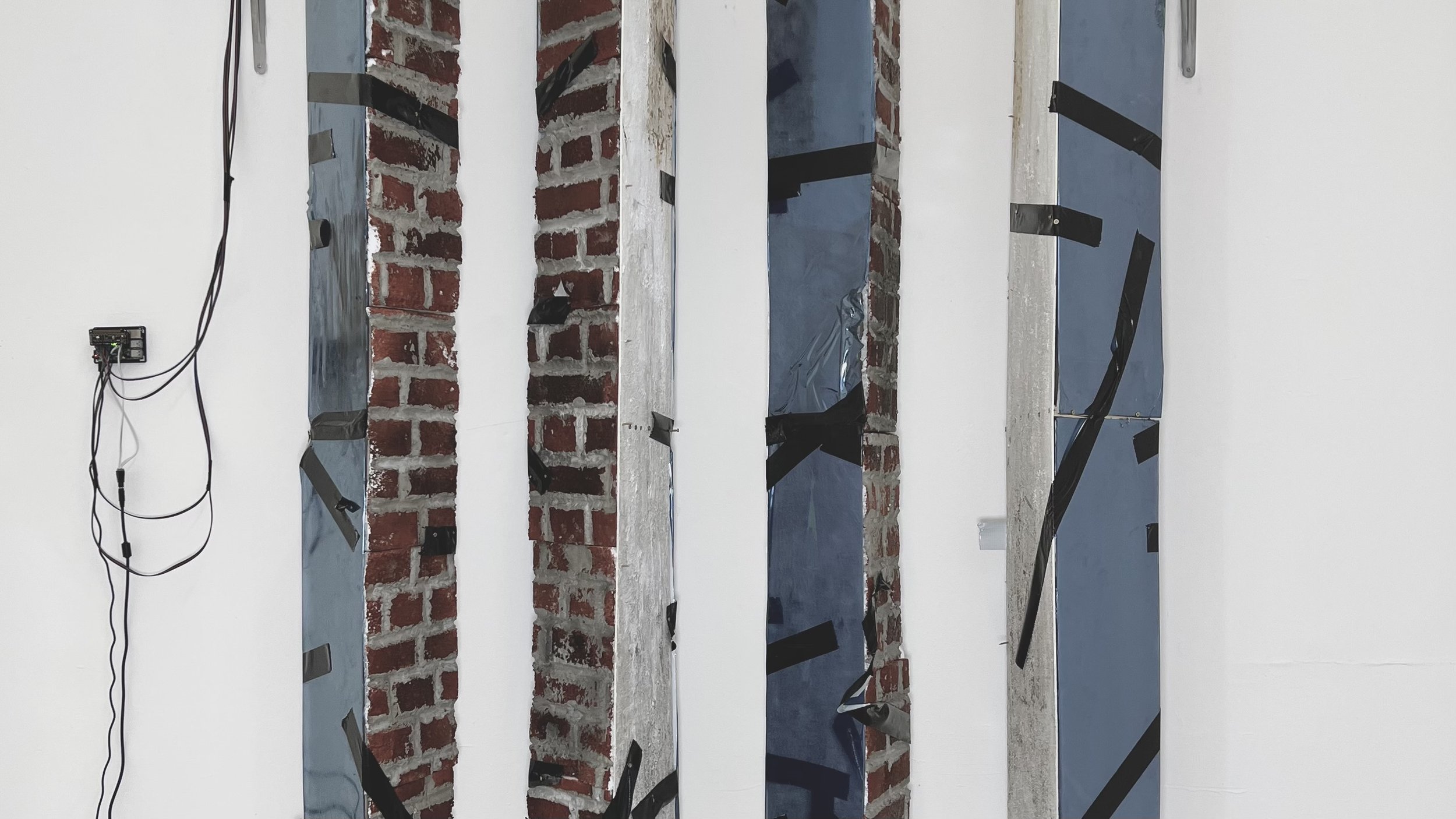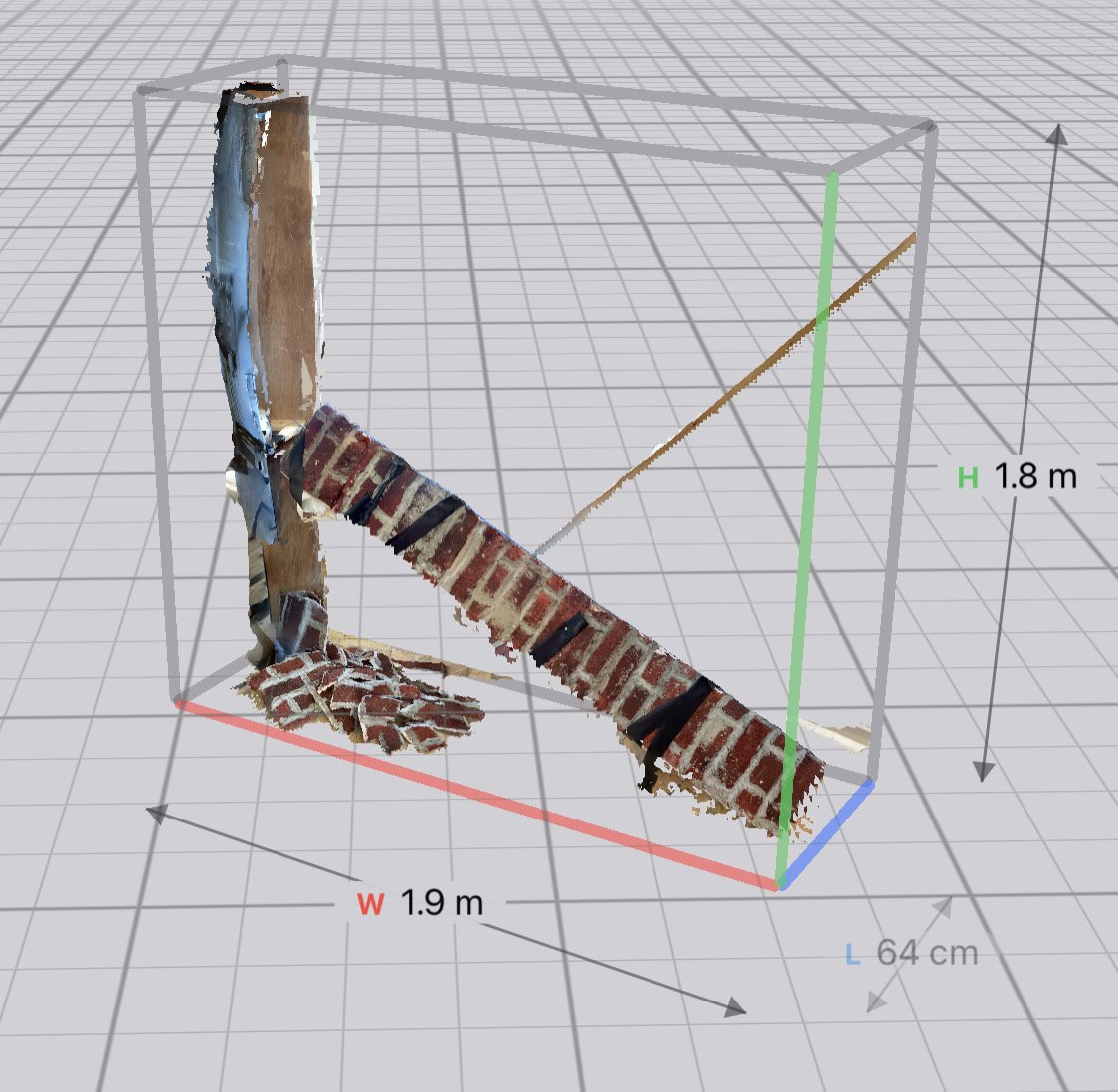‘Destruction in Progress’ Motorised Installation
Destruction in Progress, Part 1/2, Andre Malvolti
[Context]
London, a place that has evolved with humans since the settlement of early hunter-gatherers 6000 years B.C became the world’s largest urban area during the Victorian age, a period of fundamental change that shaped England as we know it today. The Second World War and the human as well as the material damage that it caused in the city then prompted a large transformation of the capital’s landscape, with the arrival of new, standardised builds that were aimed at rebuilding the country and providing housing to the many. Today, London is going through another urban regeneration, one prompted by its financial attractiveness. Investments from all around the world are being made which is leading the city being gentrified.
Social, environmental and economic impact in architecture can only be calculated when taking lifespan into account. In fact, buildings aren’t made equal and conciliating building efficiently, building rapidly, building cheaply and building to last can be difficult.
Destruction in Progress, Part 2/2, Andre Malvolti
[Issue]
Facadism and imitation architecture are disposable architecture.
While some London bricked buildings - sometimes several centuries old - are in intact condition and still serve their purpose today, others are abandoned and/or being actively degraded. While some post-war builds are today of high value, other builds from the same period are seeing the consequences of neglect, sometimes ideological and deliberate neglect. While some buildings that are only 50 years ago are being demolished due to their premature ageing, they are often being replaced by builds that have a similar estimated life expectancy. Beyond the lack of vision and meaning in these builds, the sustainable impact of disposable architecture is enormous.
[Response]
This installation aims to explore degradations in the urban landscape and the the use we make of materials.
While Part 1 uses movement to explore and represent the cyclical nature of urban regeneration that is often prompted by previous degradation, Part 2 explores building materials’ end of life. The destroyed state of materials in Part 2, reveal their deceptive nature with bricks for example revealed as made of foam or glass as made of plastic, all of which are less durable materials than the original ones they attempt to imitate.
[Recognition]
Principal’s Prize for Outstanding Work at the Foundation Show, awarded by City & Guilds of London Art School, 2022.











